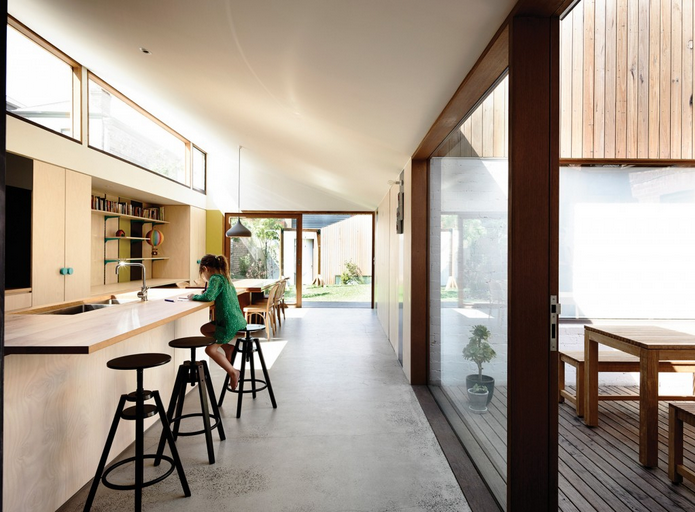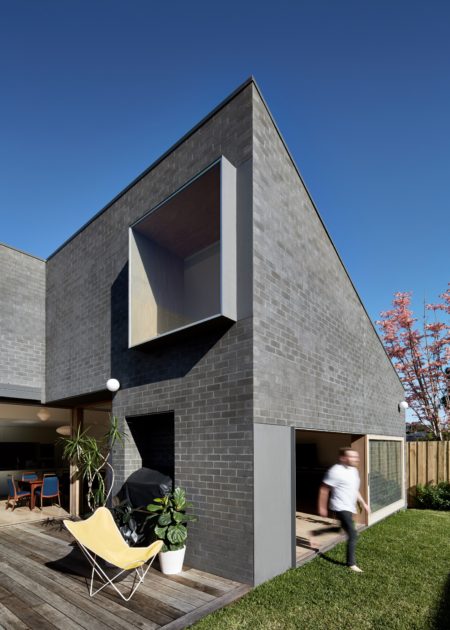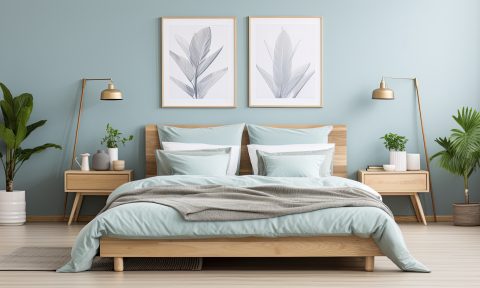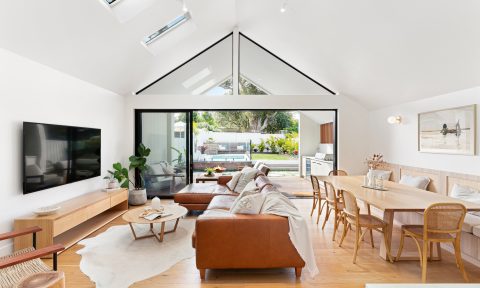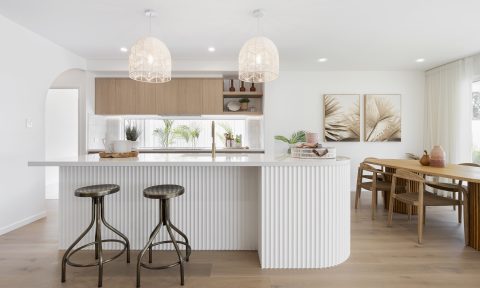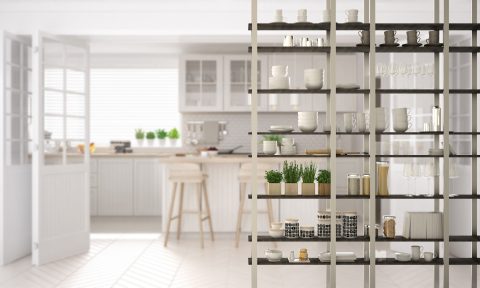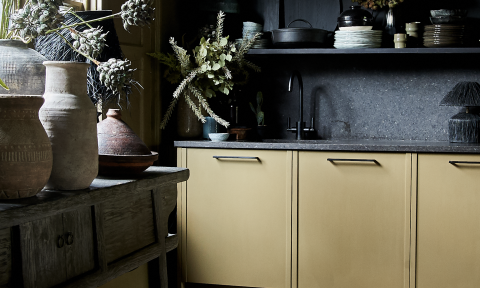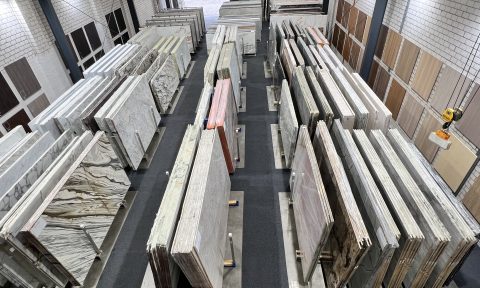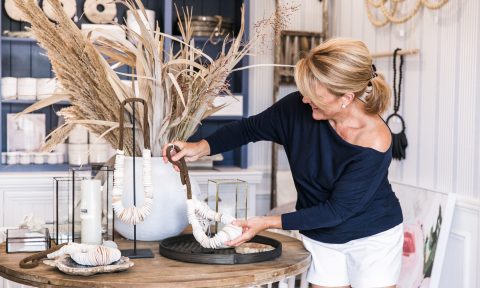Building a more sustainable and low maintenance home requires careful planning but the payoff can be huge. From style to cost-effectiveness, longevity to eco-sustainability, it can often be confusing and overwhelming to consider the right materials.
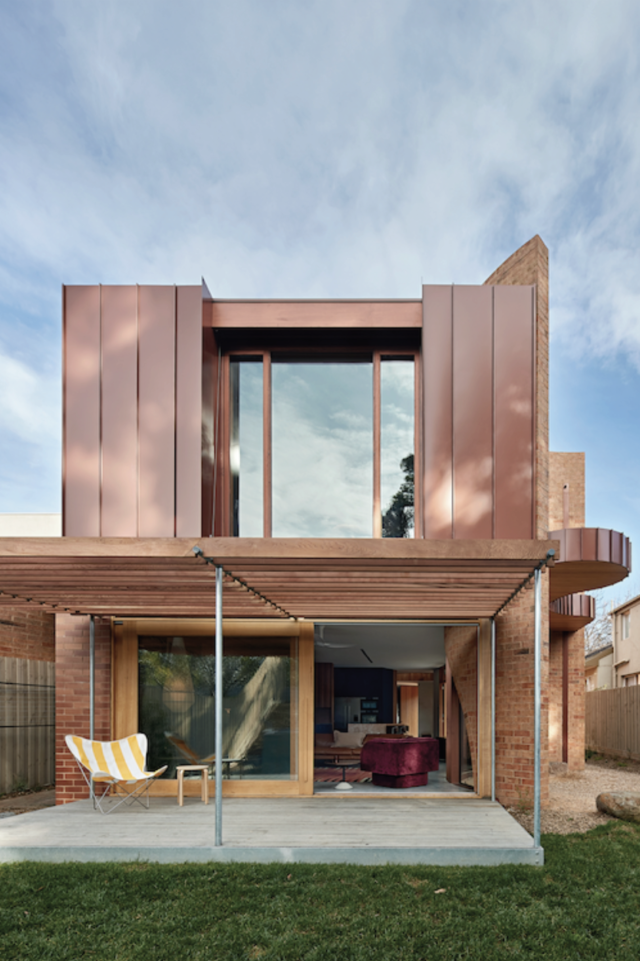
To help us navigate the road to sustainability, Brett Ward from Brickworks takes us through six simple ways you can build with sustainability in mind. Implementing passive solar design principles with the right materials can be all it takes.
- Prioritise thermal performance
Thermal mass (the ability of a material to absorb, store and slowly release heat energy) is key to creating an energy efficient home. Building your home with heavy, dense materials such as brick helps to insulate it by absorbing and storing heat energy to slow down its transfer. The thermal mass of brick has the potential to keep a home cool in summer and warm in winter, minimising the need for artificial heating and cooling.
Brick acts like a thermal battery that can moderate internal temperatures, as well as averaging out day and night extremes to maintain a comfortable air temperature. By using less energy, this can help you save up to two tonnes of carbon pollution each year. By combining the thermal mass of bricks with insulation, you can lower the carbon footprint of your home, with the added benefit of reducing your heating and cooling bills by up to 40%.
2. Use concrete or terracotta roof tiles
Roof tiles boast an incredible amount of environmental benefits, from their thermal
performance, to their low embodied energy and recyclable capabilities. The roof is one of the largest external facing surfaces of a home, and so the choice of roofing material plays a major role in determining the internal living temperatures, household energy usage and the overall energy efficiency of a home. According to the Australian Greenhouse Office, 39% of household energy costs come from heating and cooling the home, so by opting for roof tiles you can expect to save on your electricity bills, all while saving the environment!
3. Design for your climate
Designing your home to suit your climate is a great way to minimise energy use. This
practice, known as Passive Solar Design, takes into account your local environmental
conditions, including the building’s site, climate and materials, to create a home that
optimises the sun’s natural energy. The orientation of your home plays a huge role in the way sunlight enters your home, thus impacting the internal temperature. North-facing windows will welcome light and warmth into your home, while overhanging eaves can create shade and provide relief from the harsh sun.
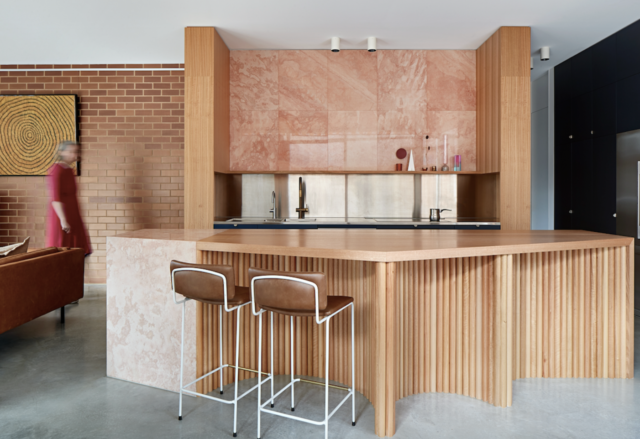
4. Install a solar system
Solar energy is a renewable source of energy that is clean, sustainable and does not emit any greenhouse gas when producing electricity. Installing a solar system allows you to capture energy from the sun and convert it into electricity, so you can reduce your reliance on the power grid and save hundreds on electricity costs.
5. Embrace products that last a lifetime
Choosing products with a long lifespan is a great way to decrease your impact on the
environment and the energy used to maintain your home. Building your home with brick ensures it remains weatherproof, durable and attractive for years to come. Unlike less durable lightweight materials, which can be costly and time consuming to maintain, brick doesn’t need painting, rendering or any other coating to maintain its good looks. Choosing bricks is a smart one-off investment that pays dividends now, and in the future.
6. Use certified carbon neutral products where possible
Where possible, you should incorporate carbon neutral products into your home. You can now choose bricks knowing that their manufacture results in zero net emissions of greenhouse gases into our atmosphere. A product certified as carbon neutral has been assessed and approved against the Australian Government’s National Carbon Offset Standard.
Making sustainable decisions in the design process and material selections of your home allows you to make a big impact on the environment without thinking too much about it. With each of these steps you are investing into the future of the environment, with the added benefit of creating a cleaner, more comfortable and cost-efficient home for you and your family to enjoy.
-Brett Ward is the general manager of international marketing at Brickworks, a group of Australian companies that specialise in building products for residential and commercial markets.
